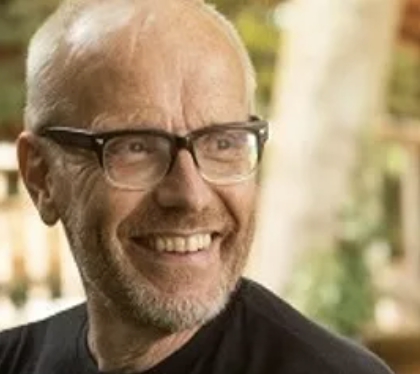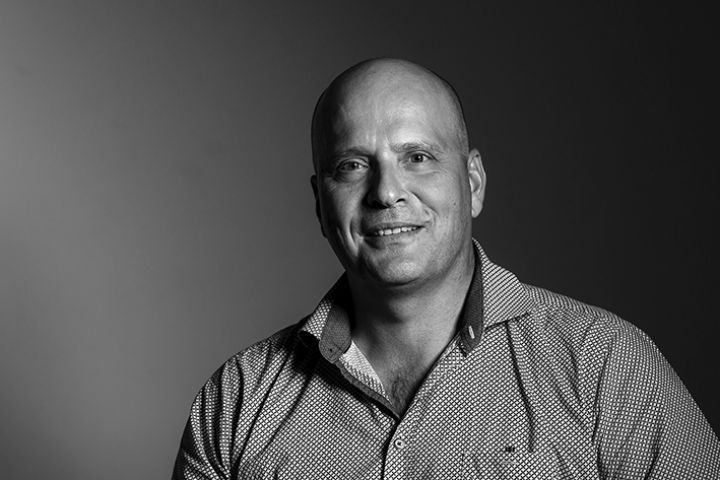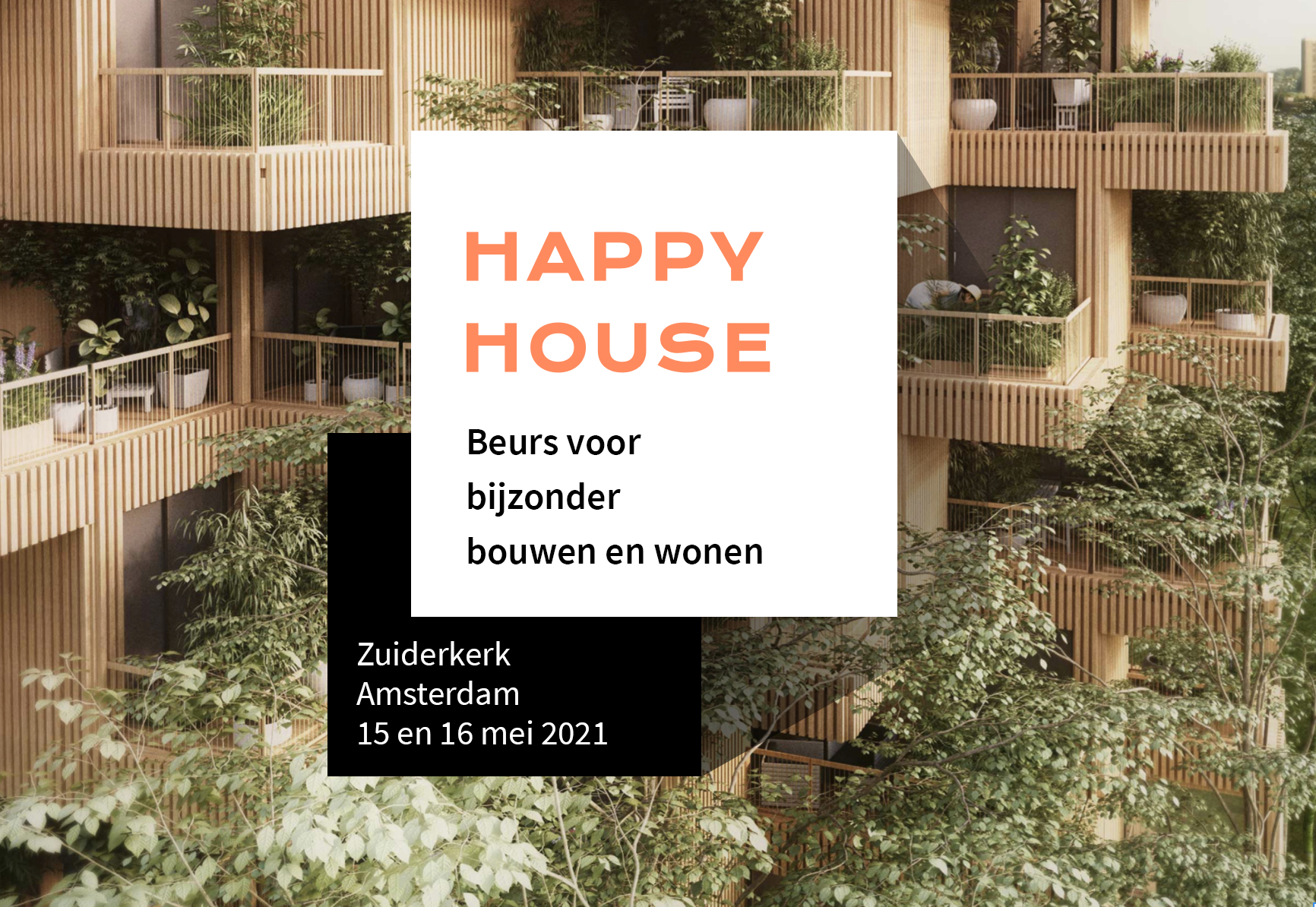The ten most special design studios and Tiny Houses are all designed by top European architects. We think it is important that style and life go together.
Living and working in a wooden 'tiny house', studio or 'medium house' is sustainable for various reasons.
The foundation does not have to be heavy. Usually screw piles are already sufficient, and we may reinforce them with a light ring concrete foundation.
Most importantly, however, the quality of the wood used has become much better over the last ten years due to the hyper heating treatment methods that have evaporated the moisture, preventing it from rotting (see text on this page).
We make the wooden 'Tiny Houses and the Medium houses' so strong that they last a very long time.
You bring the atmosphere into the house yourself, but when you see the many models on our page, you quickly know that living in wood can also strengthen the emotional bond with your home.
A wooden house brings the character of the felled trees into the design and for that reason already has a special appearance.
What are 'Medium houses'? Medium Houses are houses between 50 and 75M2. You will already find some of them on our homepage and more will be added this spring.
We call our Garden Studios ecological for 2 reasons - the first is that they are built to last a long time, and the second is that they are made out of natural materials that retain their natural character and are pleasing to the eye. Therefore, we believe wood is the best choice.
However, our humid Dutch climate places many demands on wood, and we want to ensure our wood is treated in such a way that will last decades to ensure that more trees do not have to be cut down to maintain your studio. You can read all about the building materials by clicking on the individual studios.
Treatments
All our studios are built out of wood that have undergone 1 of the following three treatments: (i) oil heat treatment, (ii) thermally-modified wood, and (iii) accoya wood.
Oil Heat Treatment The wood is placed in an oil bath between 180 °C and 220 °C. This process can also be used with chemical additives to alter the wood in other ways.
Thermally-Modified Wood Thermally-processed wood means the wood is modified in a controlled process that heats it above 180 °C in the absence of oxygen. This process removes all moisture and changes its chemical structure to make it extremely durable. The result is wood with a lifespan of 25 years and properly coated to ensure minimal maintenance as rotting and damage from insects is evaded.
Accoya Treatment Accoya modified wood has become the standard for the wood industry when it comes to performance and durability. No other wood offers the same combination of durability and stability. Sustainably produced and with a low CO2 footprint, Accoya actively contributes to a circular, biobased economy.
Accoya offers unprecedented reliability for wood; it has been extensively tested for abrasion resistance, dimensional stability, resistance of the coating and is durable and stable, Accoya excels in any climate and is modified to last 50 years.
Accredited by the FSC® and Cradle to Cradle (C2C) Gold certified ™, it is the only building material in the world to achieve the C2C Platinum certification ™ for Material Health. With a low carbon footprint, choosing sustainable wood Accoya can help combat carbon emissions for a healthier world.It is non-toxic and has no risk of leaching from synthetic compounds or chemicals, making it safe and healthy for people, pets and the earth we live on.
Insulation Between each layer of wood there is also insulating material such as wood wool to ensure your studio retains heat and cool air during the winter and summer months.
Design opportunities
Each Design Garden Studio naturally has its own unique character and options to add different amenities such as a toilet, kitchen, sleeping loft, or shower. In case you do not want to use it as your home office, it can be easily converted into a guest house, playroom, workout or meditation space, easily transported anywhere you move or sold to a future buyer.
A common theme across all our studios is that we use natural materials that are durable and environmentally-friendly. Our wood is processed in such a way that it becomes as strong as stone, but retains its natural appearance. For us, ecological means the combination of beauty, durability and CO2 efficiency.
Foundation
Our studios will not be permanently fixed into the ground, therefore they can be easily transported in case you ever move or want to sell your studio. This also means they are easy to install. In some exceptionally peat areas we take extra measures to ensure your studio will remain in place, such as rubble concrete combined with steel bottom screws. Damp peat soil requires a very durable foundation, however large flat tiles or screws are often sufficient on sandy soil.
Warranty
All Design Garden Studios come with a two-year warranty for any damage or malfunctions that are not your fault. Additionally, individual wood treatments have their own guarantee and come with simple steps on how to best maintain it, so that the 25-50 years are reached and can be passed down to your children.
All our Design Garden Studios are made in a workshop by professionalcraftsmen. Prefab means that everything is custom made in advance and can bedelivered + installed in your garden in 1-2 days. The first day is spentpreparing the foundation which is sometimes necessary, or for levelling thebuilding plot. Next, we ensure there are water lines running to the studio ifyour studio is fitted for water or plumbing.
Building your Design Garden Studio usually takes between 6-12 weeksbefore it is shipped out to you. We build and test in our workshop to ensurethat everything fits together exactly, is weather-resistant and can be quicklyset up.
The following video shows the precise method of construction andhighlights the attention to detail every Design Garden Studio is given.
Prefab means pre-constructed or prefabricated, which comes with manyadvantages that you will benefit from. For example, when working with a smallspace our architects have cleverly considered every corner and designed it withan eye towards maximum efficiency. After many considerations, the best optionis selected to fit your needs.
After you’ve ordered your Design Garden Studio and made your downpayment, one of our employees will come to your location (garden) and fix allconnections such as water, electricity, drainage, etc… prior to your studiobeing delivered.
Sometimes these have to be adjusted accordingly. This is done when yourDesign Garden Studio is being made in the workshop so that when everything isready, it can be quickly delivered and installed with no delays.





The design Tiny Houses are a service and are a product of:
De Beurs Bijzonder Wonen en Bouwen in Amsterdam.

Boudewijn Richel
Servaes Noutsstraat 14
1074 ED, Amsterdam
bijzonderwonenbeurs@gmail.com
+31 (0) 20 6268469
For English speaking:
Brittany Skara
+31 (0)6 156 5489